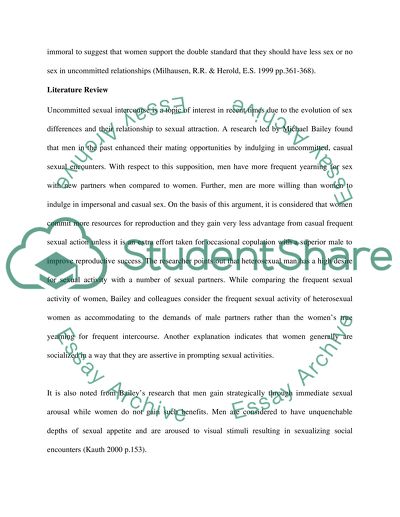Cite this document
(Do Men or Women Have Uncommitted, Heterosexual Sexual Intercourse Assignment, n.d.)
Do Men or Women Have Uncommitted, Heterosexual Sexual Intercourse Assignment. Retrieved from https://studentshare.org/sociology/1564058-do-men-or-women-have-more-uncomitted-heterosexual-sexual-intercourse
Do Men or Women Have Uncommitted, Heterosexual Sexual Intercourse Assignment. Retrieved from https://studentshare.org/sociology/1564058-do-men-or-women-have-more-uncomitted-heterosexual-sexual-intercourse
(Do Men or Women Have Uncommitted, Heterosexual Sexual Intercourse Assignment)
Do Men or Women Have Uncommitted, Heterosexual Sexual Intercourse Assignment. https://studentshare.org/sociology/1564058-do-men-or-women-have-more-uncomitted-heterosexual-sexual-intercourse.
Do Men or Women Have Uncommitted, Heterosexual Sexual Intercourse Assignment. https://studentshare.org/sociology/1564058-do-men-or-women-have-more-uncomitted-heterosexual-sexual-intercourse.
“Do Men or Women Have Uncommitted, Heterosexual Sexual Intercourse Assignment”, n.d. https://studentshare.org/sociology/1564058-do-men-or-women-have-more-uncomitted-heterosexual-sexual-intercourse.


